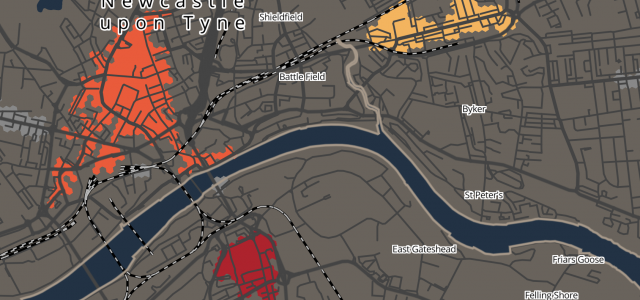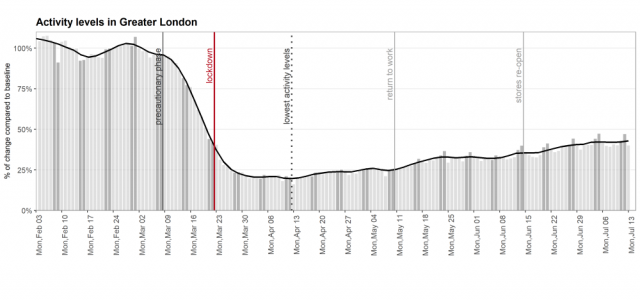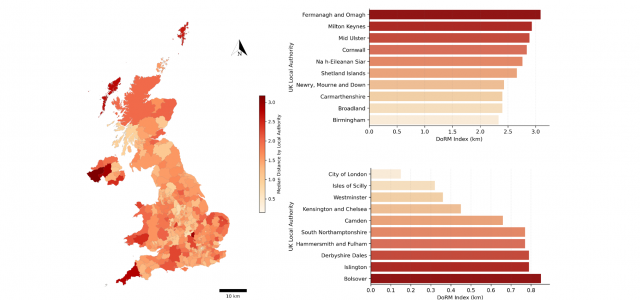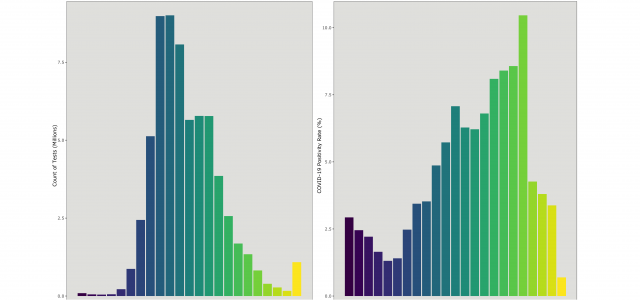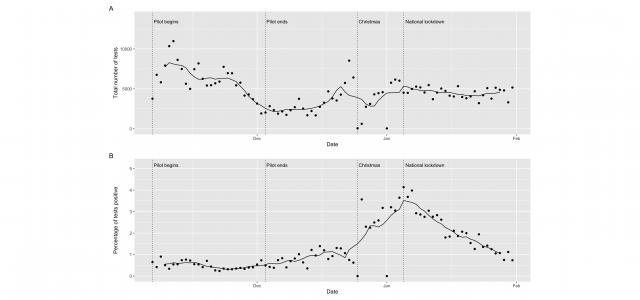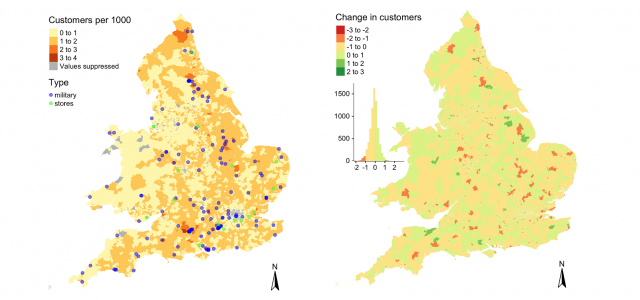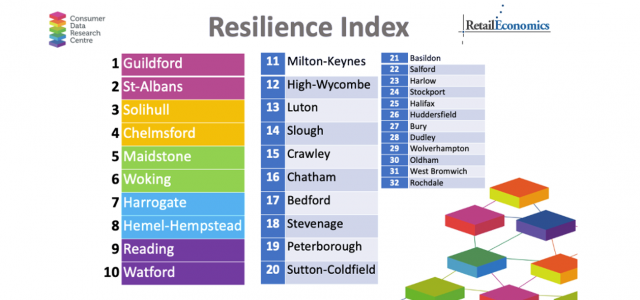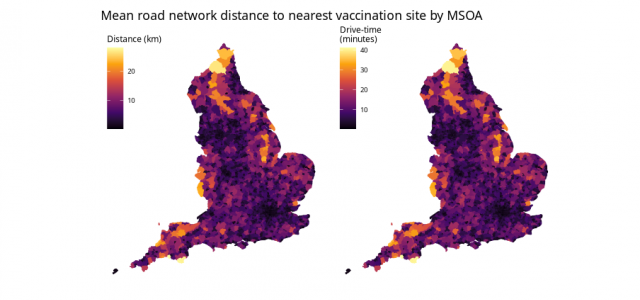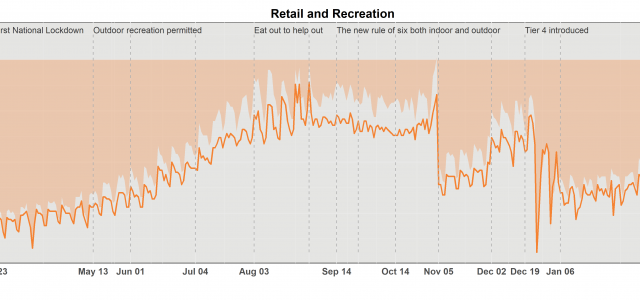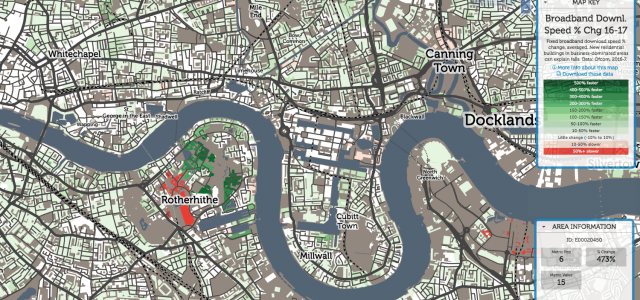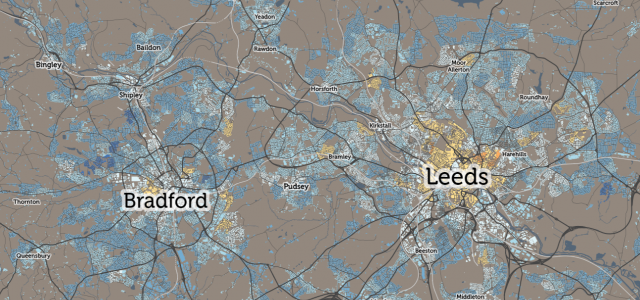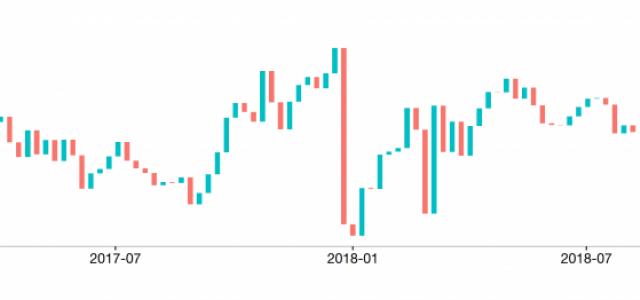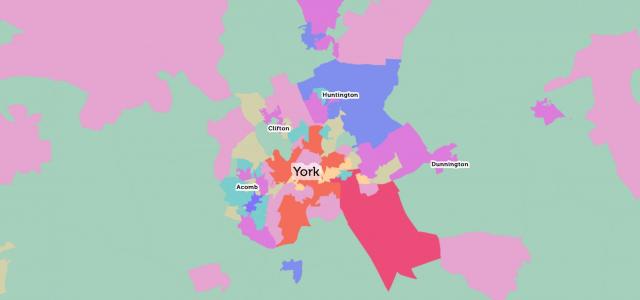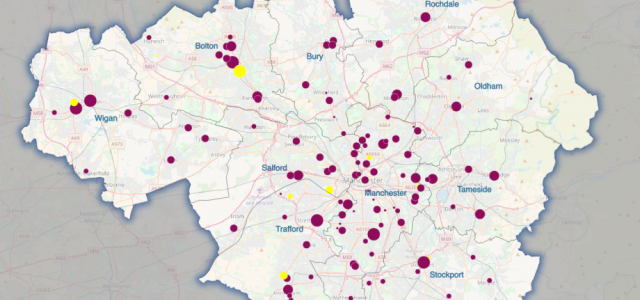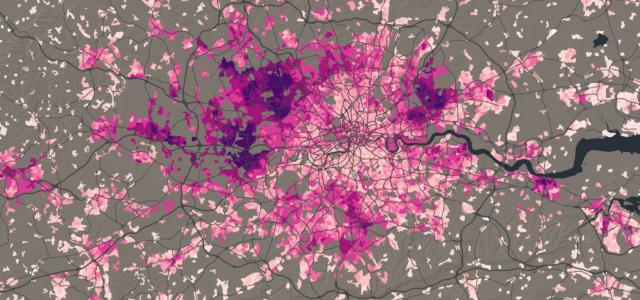In this project, funded by Nuffield Foundation, the researchers have created a bespoke multidimensional geodemographic classification of the older population in England (those aged 50+) and demonstrated its utility. Such a geodemographic classification can provide a unique policy resource that captures the social and spatial heterogeneity of the older population in England by combining traditional and novel data sources.
You are here
Stories
The Resilience of British High Streets to the COVID-19 Lockdown Restrictions
CDRC researchers have released a new classification that sorts 500 British high streets into four categories based on their resilience to the COVID-19 lockdowns. This information can inform responses to the ongoing impacts that the pandemic has had on the high street, and help to explain how some retail areas have fared better than others since lockdown restrictions were lifted.
Could Wind Farms Power Every UK Home by 2030?
Peter Wurmsdobler conduced an analysis on UK Prime Minister's pledge that "Wind farms could power every home by 2030" BBC. While Peter was certain that the Prime Minister had been well advised before making such a statement, he wondered if the numbers stack up and whether this pledge is feasible, or overly ambitious. Overall, the answer is this is potentially possible, but as ever with this type of analysis, the devil is in the detail.
Retail Indicators I. Identifying 'clone towns' across the UK
A new data product from researchers at the CDRC highlights marked differences in the diversity of retail centres across Great Britain. Retail centre diversity has declined substantially, with many retail spaces being increasingly occupied by large chains, and fewer consisting of greater numbers of independent retailers and service providers.
Lockdown guidelines exposed socio-spatial fragmentation
In this study, we used data on human mobility to explore the activity patterns in the neighbourhoods of Greater London as they emerged from the first wave of national lockdown measures in summer 2020. The anonymised smartphone location data applied in this study are provided by Huq Industries.
Consumer Data Insights for Housing Policy
Solving Britain’s housing crisis requires rich, robust and regularly updated local data about the housing stock and how people move through it. However, no traditional data resource ticks all these boxes. In this story, we describe how CDRC data infrastructure and research are being used to generate new insights about population mobility and housing behaviour across Britain.
When do people get tested and does it matter?
Testing has become a way of life as we begin to learn how to live with COVID-19. We have previously described who got tested when initially piloting the provision of free lateral flow tests. Testing has ramped up since that pilot and has become a more common feature of many parts of our lives including work, education, leisure or visiting friends/family. In this data story, we describe national patterns in how people have engaged with testing.
Who gets tested when providing free lateral flow tests to a city?
One of the main issues limiting our ability to manage the COVID-19 pandemic has been the difficulty in monitoring the spread of COVID-19 among people without symptoms (i.e., asymptomatic). While individuals with symptoms may socially distance, self-isolate or could access testing, individuals can be infectious before they develop symptoms or may never develop symptoms.
Spatio-temporal analysis of Charity Online Store sales data using geodemographics
Using open data alongside transactions data, Ph.D. candidate Jakub Wyszomierski explored online purchasing behaviour of “Help for Heroes” customers. The data provider was interested to learn of any spatial and temporal variation in sales, and thus improve understanding of the socio-demographic factors that might impact upon them.
Post-Covid Resilience of Commuter Towns
British high streets are subject to unstable and challenging socio-economic conditions brought about by the 2008 recession, high business rates, competition from online retailers and the COVID-19 global pandemic. Abigail Hill explores the resilience of commuter towns to gain an understanding of the possible magnitude of change to the local population and retail structures, with the aim of offering advice for local authorities over the next few years.
Mapping Inequalities in COVID-19 Vaccine Accessibility
Successful roll-out of COVID-19 vaccines requires complex logistical delivery to help ensure everyone can receive their dose. England has established over 1700 vaccination sites distributed across the country to help provide vaccines to the population. Despite excellent progress so far, there are concerns that gaps in the location of vaccination sites may limit the opportunity for equitable uptake in certain communities.
Local Data Spaces: Supporting Local Authority Covid-19 Response
Covid-19 has strained already insufficient Local Authorities resources, with infection and transmission of Covid-19 further exacerbating existing social inequalities. Four CDRC academic researchers have been working using the Office for National Statistics Secured Research Service (ONS SRS) on the Local Data Spaces project, and we asked Dr Jacob Macdonald and Simon Leech to explain the focus of this work.
The UK’s Broadband hotspots and notspots mapped
Based on Ofcom data we've mapped and identified unique trends in broadband speeds across the UK.
New data reveal substantial neighbourhood changes since the last census
New research by the Consumer Data Research Centre (CDRC) has found that unprecedented levels of neighbourhood change have occurred in almost every city centre neighbourhood since 2011.
named
See “named” which maps relative concentrations of particular surnames, in the UK. You can map your own surname to see where in the UK it is most popular.
Ethnicity Estimator
The Ethnicity Estimator (EE) classifier is based on research which uses names data assembled by the Consumer Data Research Centre (CDRC). The data are taken from consumer sources and from the Office for National Statistics (ONS), which securely host data from England & Wales.
United Kingdom Footfall Index
With the availability of detailed footfall data, we also want to know the general national trend of footfall on retail high streets. Such national ’footfall index’ is not only important for the retail industry but also for various other purposes such as policy making, economic forecasting, etc.
The Great British geography of Internet use and engagement
The Consumer Data Research Centre (CDRC) have developed a unique classification to determine how people living in Great Britain interact with the Internet.
Why some retail centres outperform others
New research by the Consumer Data Research Centre (CDRC) uses a number of indicators to determine how retail centres across Great Britain perform.
Changing distributions of London’s ethnic minority communities
Looking at movement of people across London by examining the associations between the given and surname of an individual and their ethnicity.

